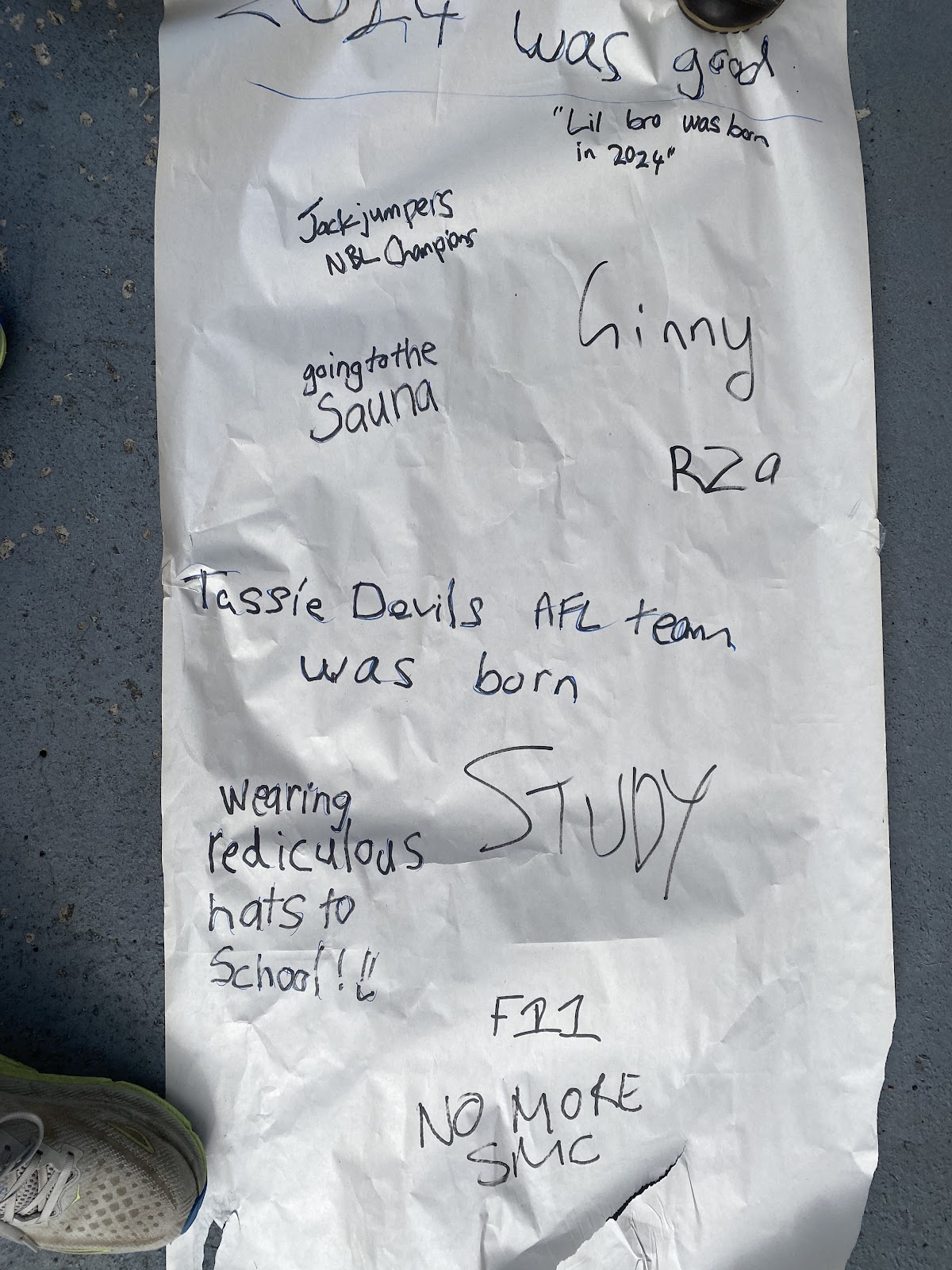When playing tennis, we talked about Run The Bridge. I
said: I love Run The Bridge. It is magic moment running the bridge without
cars. Surrounded by other runners. Great view. There is room for you. Do it.
It proves that I live in a healthy community. Healthy
physically, socially and emotionally. A fun run with nearly 5000 people proves
Hobart is a good place to live. To run across the bridge with other people is
exhilarating. It’s special. I do the 10
kays.
I have absolutely no idea how many times I have Run
The Bridge. I know my first fun run was over 45 years ago around the time that
fun runs began. In the last 45 years I have entered every fun run easily accessible.
Society and funruns have changed in the last 45 years.
Somethings have remained the same. Fun runs are open to all. Easy to enter.
Simple rules. You wear a number. You start together. You follow the person in
front of you. The course is straightforward. Finish time is recorded. Prize to
fastest. Tables for water. Roads littered with plastic cups.
Fun runs today:
On-line entry and on-line display of results.
Photos are common.
Sign a waiver absolving organisers of anything.
Runners more accurately reflect society. More females,
old people and disabled people.
Teams more common. People running together with their
mate is more common.
Today more people are fussy about what they drink.
Only drink their particular drink.
Raising money for a charity. A shirt and a team to
promote their charity.
Clothes have changed. More special running clothes.
More materials which are designed for sweating bodies. Less people throw on their
garden shorts. Shoes have improved. Which is good not only sartorially but
helps prevent injuries.
Multiple events around the main event. Shorter runs
for kids.
Before the start
Standing in a crowd of people waiting to start
running. Some are stretching. Some are
jogging. Some are standing on one leg and stretching the other leg. Some are
talking or greeting friends. We are standing outside the massive stadium that
houses cricket and football.
There is no uniform. There are some similar shirts or
tops. Advertising, promoting something or commemorating some past run. Some of the shirts tell people what team they
are in.
I search the crowd of runners for someone I know and
somewhere to stand. I head towards the back for safety.
The Race
The race starts and I don’t. I walk and eventually
cross the line and start dodging, swerving and avoiding others. I spend my
time working out where to run. Should I go around them or not. If I follow this
person they may drag me. The other runners slow me down and speed me up. They
slow me as I avoid them. They carry me along in their slipstream. I am stunned by the number of people. And I
know virtually none of them. Where have they all come from. Most of them must
live in Hobart and yet I have never seen them before. They have appeared and
they are running. With me. We are all in this together. All heading in the same
direction. Weekly News
Feels good to help make this
crowd. I push hard. A view of the bridge. Running over the bridge. The bridge
is covered by a blanket of living, moving runners and walkers. They are all
concentrating, focused and pounding the bitumen. I admire the view of The
Mountain and feel guilty. I must focus on running.
Previous races tell me the finish is a
tease. Run past the finish line tour Battery Point and then come back to cross
the finish line.
At the finish line is a clock and a bump in the road which
gives me the race time
After the Race
Over the years every fun run I have entered I have
never come first or last. Is that glass half full or empty? Have I beaten the
guy who came last or been beaten by the winner. Neither. It is a personal
challenge. A personal test. An activity that brings enjoyment. It does more than that. It has helped
increase my self-awareness. It has helped keep me fit for work. It has help me
make friends. It has improved my social life. It has improved me emotional. It
is 45 years of positives.
I glance around. Thousands of happy
sweaty people. We are all wearing identical medals. The medals are telling
me everybody is a winner.
My medal tells me I learnt something
about myself.
I found out that my physical ability (how fast I ran) is related
to my emotional, mental and social health. I found out that my physical health
affects my emotional, mental and social health. The physically fitter I get the
better I feel.
Us winners stand around talking;
drinking; taking photos. We are a very happy crowd. The organisers are
invisible. They have created a delicious, wonderful crowd full of proud,
exhausted chatty people.
Special thanks to the person who helped
me contact my wife so that she could find me in the crowd.
The organisers have made many of us
Hobartians a tiny bit healthier. Physically, socially and emotionally.
The Bridge
Hobart was settled when ships controlled
the movement of humans around the globe. Hobart is on a deep-water port. Hobart
is divided by the River Derwent.
The bridge unites and connects Hobart. Famous
for being damaged by a ship in 1975. Today cars are banned from travelling the
bridge when a ship sails under it. This continually reminds us of the day the
bridge was hit by a wayward ship.
The ship still lies at the bottom of the
river with a concrete slab from the bridge on top of it. Ships regularly pass
over the sunken ship without a thought. When I run the bridge, I think of the
ship under the bridge.















































